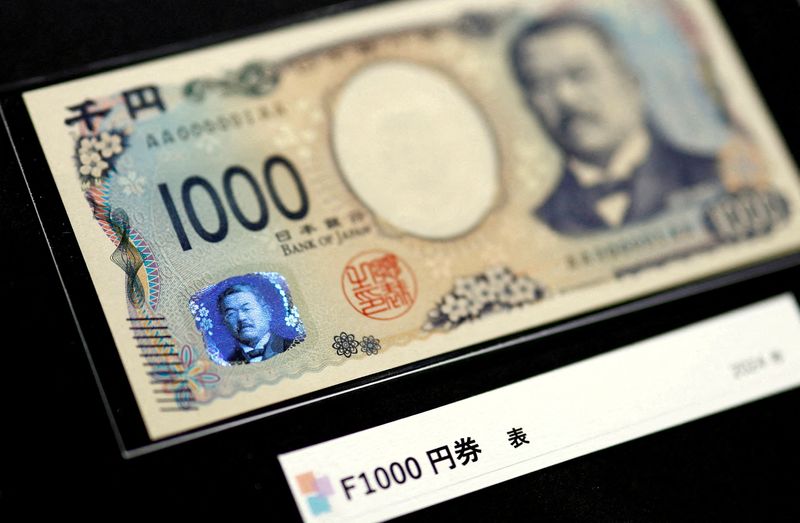A Chinese couple was arrested at an airport for smuggling a fungus, considered a biological pathogen, hidden in a wad of tissues
Zunyong Liu was coming to the U.S. to visit his girlfriend, Yunqing Jian, a researcher at the University of Michigan, where he hoped to use her lab to clone the fungus.

- Federal agents arrested two Chinese researchers for smuggling a fungus into the U.S. that requires a permit. Zunyong Liu was coming to the U.S. to visit his girlfriend, Yunqing Jian, who worked at a research lab at the University of Michigan when he was caught with four samples of Fusarium graminearum. A federal investigation found this wasn’t the first time they’d done so.
Two Chinese researchers have been charged with multiple federal crimes as part of a monthslong plan to smuggle a biological pathogen into the U.S. that investigators referred to as a “potential agroterrorism weapon,” according to recently unsealed federal-court filings.
Zunyong Liu, 34, a researcher at Zhejiang University in Hangzhou, China was apprehended in July 2024 at Detroit Metropolitan Airport, smuggling in a fungus known as Fusarium graminearum, with his girlfriend Yunqing Jian, 33, who is a postdoctoral fellow at the University of Michigan. Fusarium graminearum can cause severe diseases in plants such as wheat, barley, oats, and maize.
Customs and Border Protection agents found four plastic bags with “small clumps of reddish plant material” that later turned out to be Fusarium graminearum, as well as a small piece of filter paper with markings indicating it contained samples of different substances, and a note written in Mandarin, all stuffed inside a wad of crumpled-up tissues crammed into a small pocket of Liu’s backpack. During questioning, Liu originally said he knew nothing of the samples, suggesting they may have been placed into his bag by someone else. When asked why someone would put them into his bag, he replied he didn’t know, according to the court filings. Liu later changed his story, admitting to law enforcement officials he planned to clone the samples of Fusarium graminearum at the University of Michigan Molecular Plant-Microbe Interaction Laboratory where Jian worked.
The officers then went through Liu’s MacBook and two iPhones and found a series of exchanges with Jian, in which they discussed how to get the Fusarium graminearum through customs. On one of Liu’s iPhones, CBP officers found an article titled “2018 Plant-Pathogen Warfare under Changing Climate Conditions” that specifically mentioned “Fusarium graminearum.”
CBP and the FBI’s Detroit Field Office, which conducted the operation investigation, did not respond to requests for comment. The University of Michigan released a statement saying it would cooperate with law enforcement and “strongly condemn[ed] any actions that seek to cause harm, threaten national security or undermine the university’s critical public mission.” The university also specified it had never received funding from the Chinese government related to Jian’s research.
Fusarium graminearum can cause ‘head blight’ in plants
Biological pathogens, especially those from overseas, are heavily controlled substances by U.S. customs enforcement because of the risk they pose to crops and people.
“The fact they’re bringing a plant pathogen across international borders is serious,” said Eric Olson, a professor of wheat breeding and genetics at Michigan State University.
“This is so serious. You can’t do that.”
Fusarium graminearum is a type of fungus that, if left unchecked, can cause a deadly plant disease known as “head blight,” which can decimate crop yields, said Gary Bergstrom, professor of plant pathology at Cornell University, who has studied Fusarium graminearum for 40 years.
Despite the problems it can cause, Fusarium graminearum is controlled by regular inspections throughout the food chain and by use of fungicides. However, a foreign strain introduced to the U.S. could be more virulent and leave crops with no immunity to it defenseless, experts told Fortune.
“You could be introducing a strain from outside that is maybe one with resistance to the fungicides we use here,” Bergstrom said. “The chances of that are probably small, but they’re not zero.”
Contaminated grains and flour made from them also pose a risk to humans. The fungal toxins from Fusarium graminearum can cause severe vomiting and liver damage. “The sort of slang term is ‘vomit-toxin’,” Olson said.
A history of smuggling pathogens into the U.S.
As federal agents from the CBP and the FBI continued their investigations, they found evidence that this was not the first time Liu and Jian had planned to bring Fusarium graminearum into the U.S. In February of this year, federal agents questioned Jian over the matter. She, too, denied knowing any knowledge of alleged efforts to bring Fusarium graminearum into the U.S.
WeChat messages from August 2022 found on their phones indicated Jian had smuggled the fungus around that time. In a text conversation between the two, Jian told Liu she had hidden a plastic baggie containing Fusarium graminearum in her shoes when arriving at San Francisco International Airport. “I stuffed them in the shoes,” Jian wrote.
Other messages found on Jian’s phone showed extensive planning between herself and an individual named Xia Chen in messages dating back to January 15. In these messages, Jian instructed Chen on which biological samples to send her and how to do so without getting caught shipping them into the U.S. Jian told Chen to place the samples on cut-up pieces of filter paper, place them into a plastic bag, and then finally hide the bag in a thick book to be mailed to her.
“There are usually no problems,” Jian wrote to Chen according to messages included in the court filings. “Rest assured. I have mailed these before.”
The package Chen sent was apprehended by a CBP office in Louisville, Kentucky. Inside was an old statistics textbook containing 15 pieces of parchment paper with unknown biological substances that were subsequently destroyed, according to the filing.
This story was originally featured on Fortune.com
























































































































































































